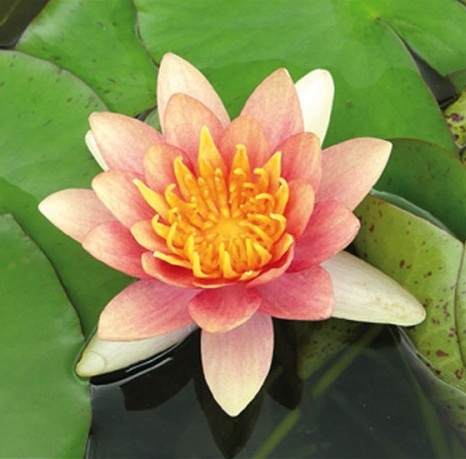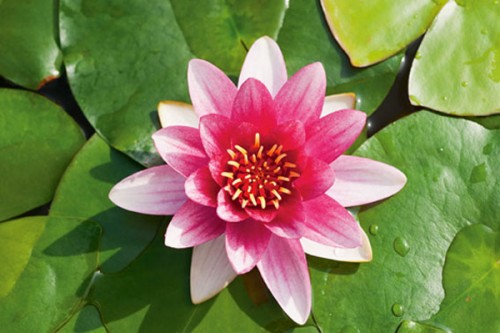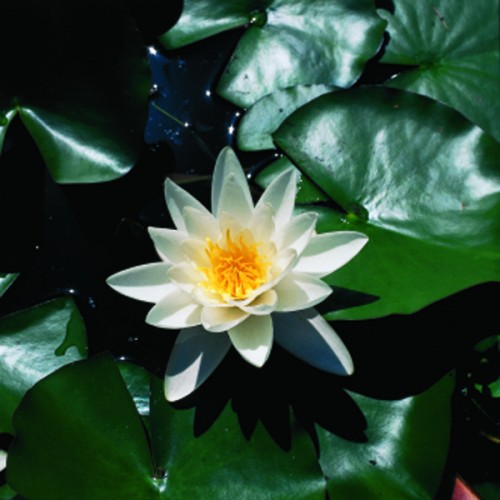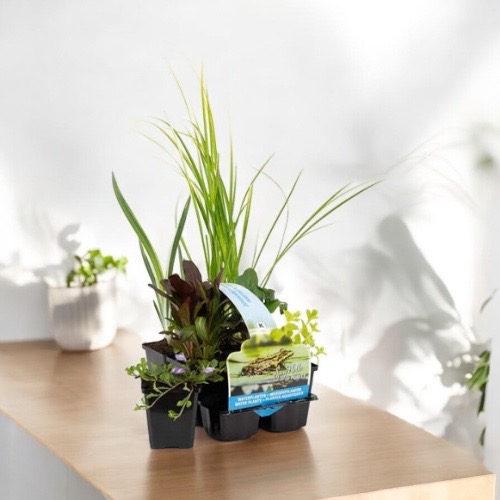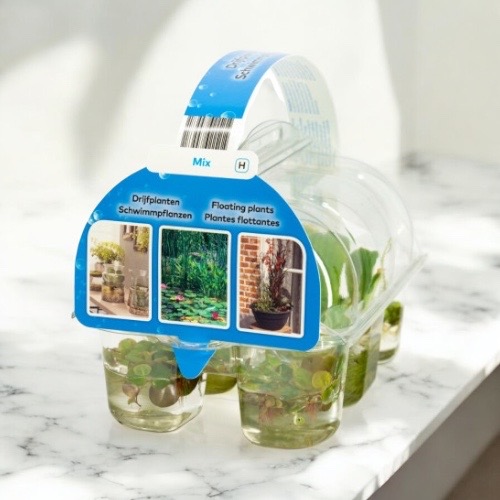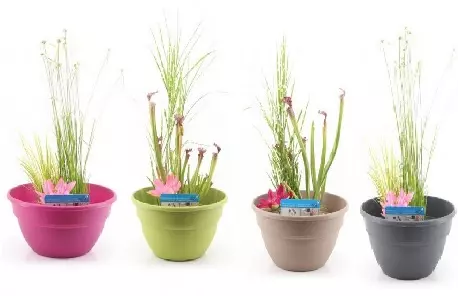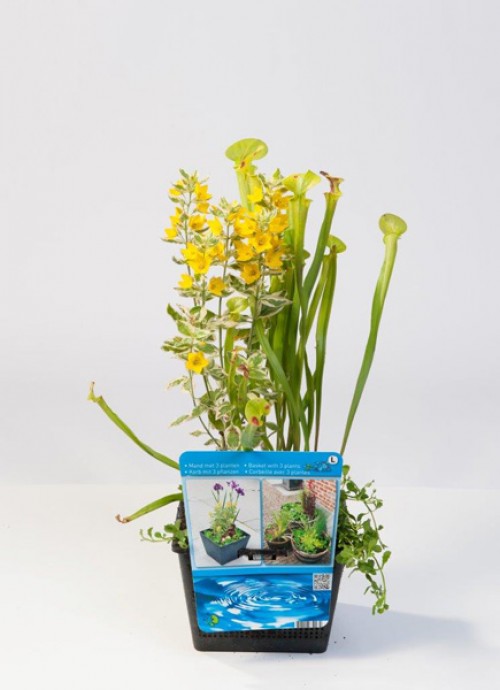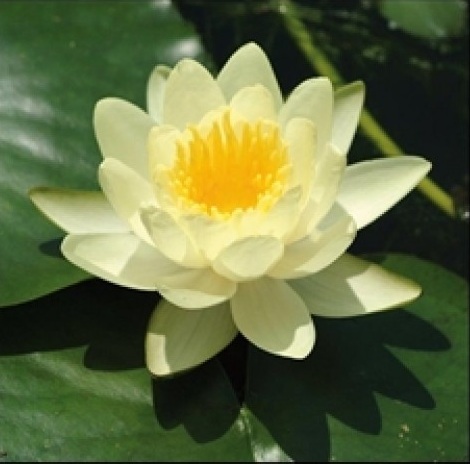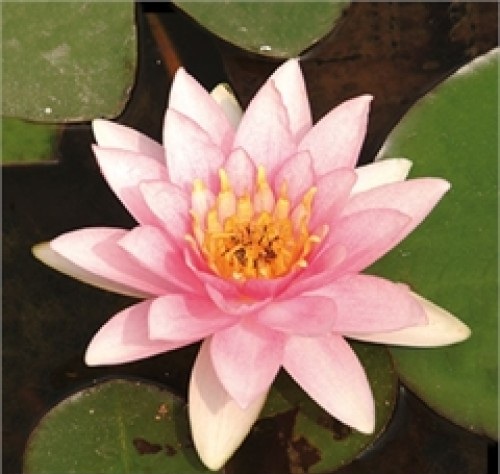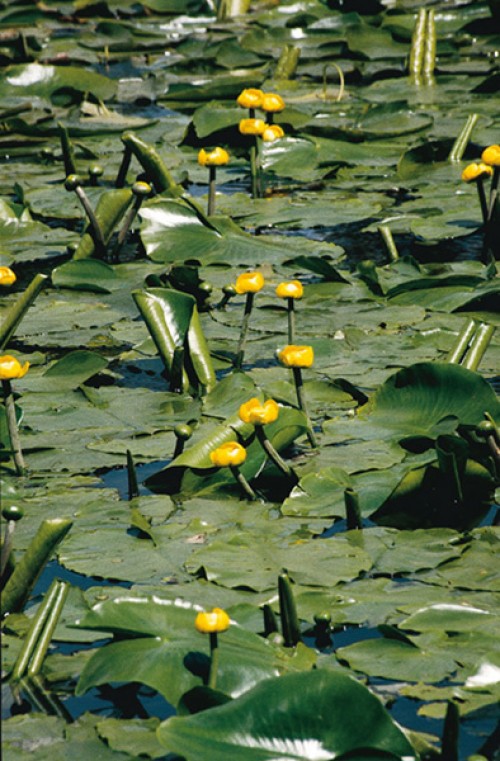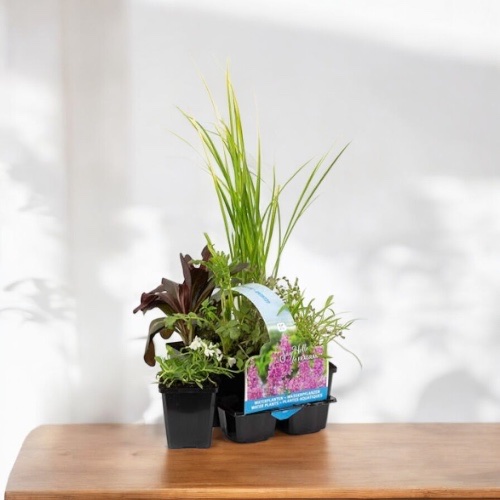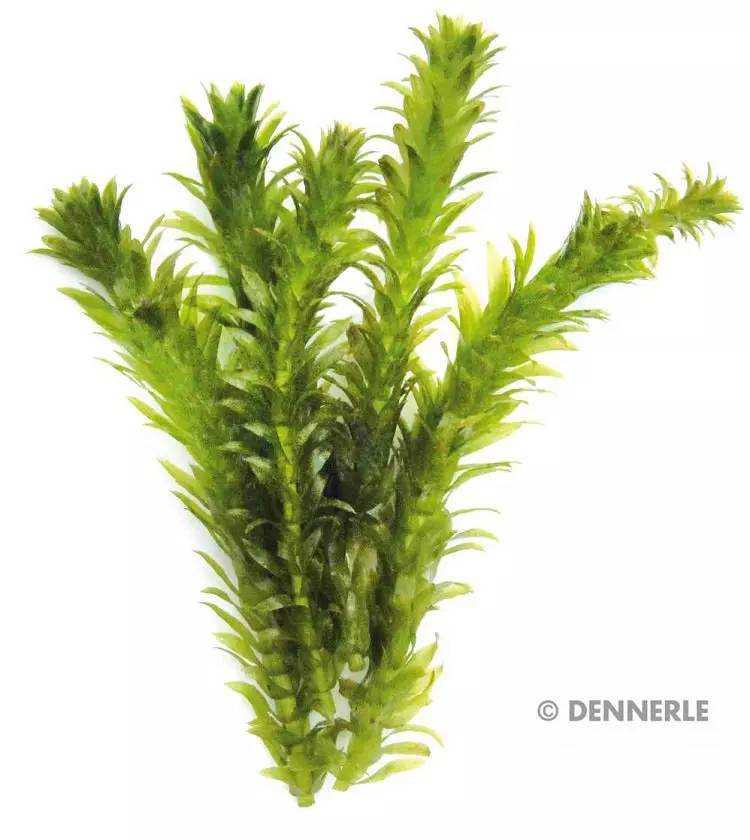| Quantity | Unit price |
|---|---|
| To 4 |
CHF 8.50
|
| From 5 |
CHF 7.50
|
Stock: 0
Available in 1-3 days, acquisition time 14 days

Ceratophyllum demersum
| max. growth height | - 120 cm | Country of origin | Cosmopolitan |
|---|---|---|---|
| Suitability | Discus aquarium, community aquarium, NanoCubes, perch aquarium | Type | Floating plant |
| family | Ceratophyllaceae | Genus | Ceratophyllum |
| Propagation | Head cuttings, side shoots | Growth rate | fast |
| pH | 6 - 8 | Water hardness | 5 - 25 °dh |
| Advice | Recommended as an algae stopper for all new installations. Care instructions | ||
The hornwort is a cosmopolitan plant that can be found in many bodies of water around the world. We found the free-floating stem plant in huge populations in a tributary of the Rio Miranda on the edge of the Pantanal in South America. The growth rate of the stems is enormous, so they have to be constantly pruned. Ceratophyllum is considered a "miracle weapon" against algae growth. The explanation is quite simple: the plant is a strong nutrient consumer and removes the algae's food source. The use of hornwort is recommended for every new aquarium.
Wir sind sehr bemüht, dass unsere Pflanzen gesund und unbeschädigt bei Ihnen ankommen. Trotz grösster Sorgfalt, kann es vorkommen, dass Pflanzen durch den Postversand oder andere unvorgesehene Ereignisse, leicht beschädigt sind. Dazu zählen braune Blätter gleichermassen, wie abgeknickte Zweige. Dafür übernehmen wir keine Haftung.
| Aquarium: | Community aquarium, Nano Aquarium, Perch aquarium |
|---|---|
| Genus: | Ceratophyllum - Hornwort |
| Growth: | fast |
| Origin: | Worldwide |
| Properties: | Floating plants |
| Stand: | In the background |
Login
7 June 2025 15:04
schnelle und kompetente Lieferung Danke
gute Menge och hoffe das ich damit die Algen in meinem Goldfischbecken im Zaume halten kann.
20 March 2025 15:58
Ausgezeichnete Qualität, sollte aber ohne Schnecken verschickt werden.
Die Qualität und die Proportionen der Pflanze sind sehr gut, während das Negative ist, dass sie mit Schnecken kontaminiert war.
30 July 2021 05:44
Immer wieder!
Schönes gesundes Kraut!
4 March 2021 14:25
Top
Das hornkraut wahr gefrohren hat sich aber schnell erholt und macht sich super im aquarium
17 September 2020 19:30
Wir sind zufrieden.
Sehr gut !
29 March 2019 17:41
Bien embaler pousse vit
Bien embaler pousse vit
30 November 2018 14:38
Top
Top
14 January 2018 11:17
Cool Alles Super...
Cool Alles Super
15 December 2017 18:00
Guter Lieferzustand. Gut...
Guter Lieferzustand. Gute Benacghrichtigung Die weitere Entwicklung der Pflanzen zeigt sich erst später!









.jpg)
